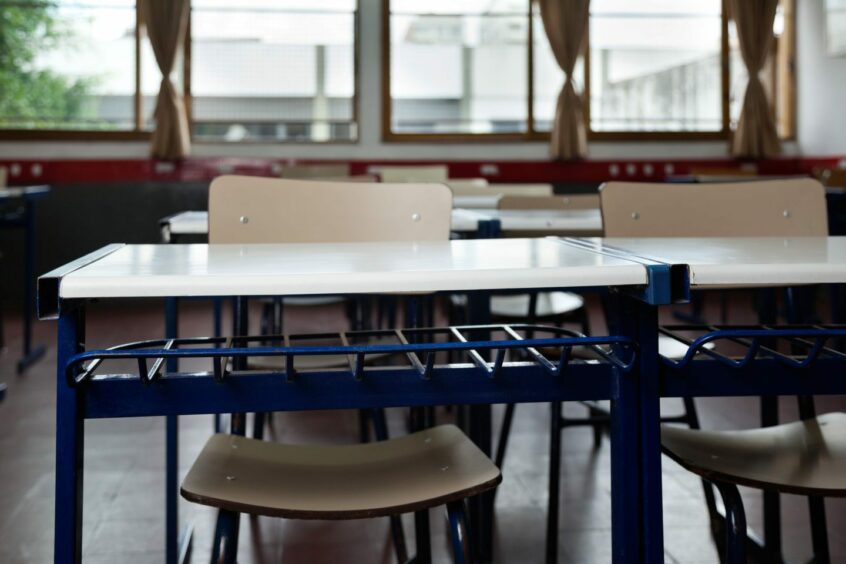The percentage of Moray pupils with persistently poor school attendance has doubled in the last five years.
Figures obtained by the P&J show that 5.8% of primary pupils have an attendance record below 80% this school year.
In 2018-19, this was only 2.7%.
And attendance is significantly poorer in the region’s secondary schools.
As many as 15.3% of secondary pupils have been absent for more than 20% of school days this year. That compares to 9.1% in 2018/19, an increase of 68%.
While Covid partly explains a jump in school absence from 2019/20 to 2020/21, schools have now been back full-time for almost two years.
And attendance rates continue to fall.
‘Many reasons why young people may not feel able to attend school’
A Moray Council spokeswoman said the region had made ‘significant progress’ in improving school attendance before the pandemic.
But she added that the ‘significant disruption’ of Covid had led to a ‘breakdown in routines and reduced engagement.’
She said that while attendance levels had dropped, this is a national pattern.
“There are many reasons why young people may not feel able to attend school, including poor mental health and complex additional needs.
“Attendance has also been impacted by higher levels of scarlet fever, flu and sickness bugs circulating in our communities.”
Attendance of 80% means missing one day of school a week
A national commission on school reform was tasked with investigating the problem of declining school attendance figures late last year.
Its report stated: “When measuring attendance, 90% should be when alarm bells start to ring and early intervention methods kick in.
“Attendance of 90% expressed a different way actually means missing one day per fortnight, while attendance of 80% means missing one day per week.
“Losing this level of schooling can have a huge impact on a child’s education.”
Just 65% of Moray primary pupils meeting required literacy level
Earlier this year we revealed that Moray schools had fallen well behind the national average for literacy and numeracy in every single measure.
In some areas, such as literacy, Moray schools are as much as 14% behind the national average. At primary school level, just 65% of Moray pupils are meeting the required level.
Moray Council hopes to address the problem by hiring more teachers, with extra staff providing additional targeted support to raise attainment based on school need.


Conversation